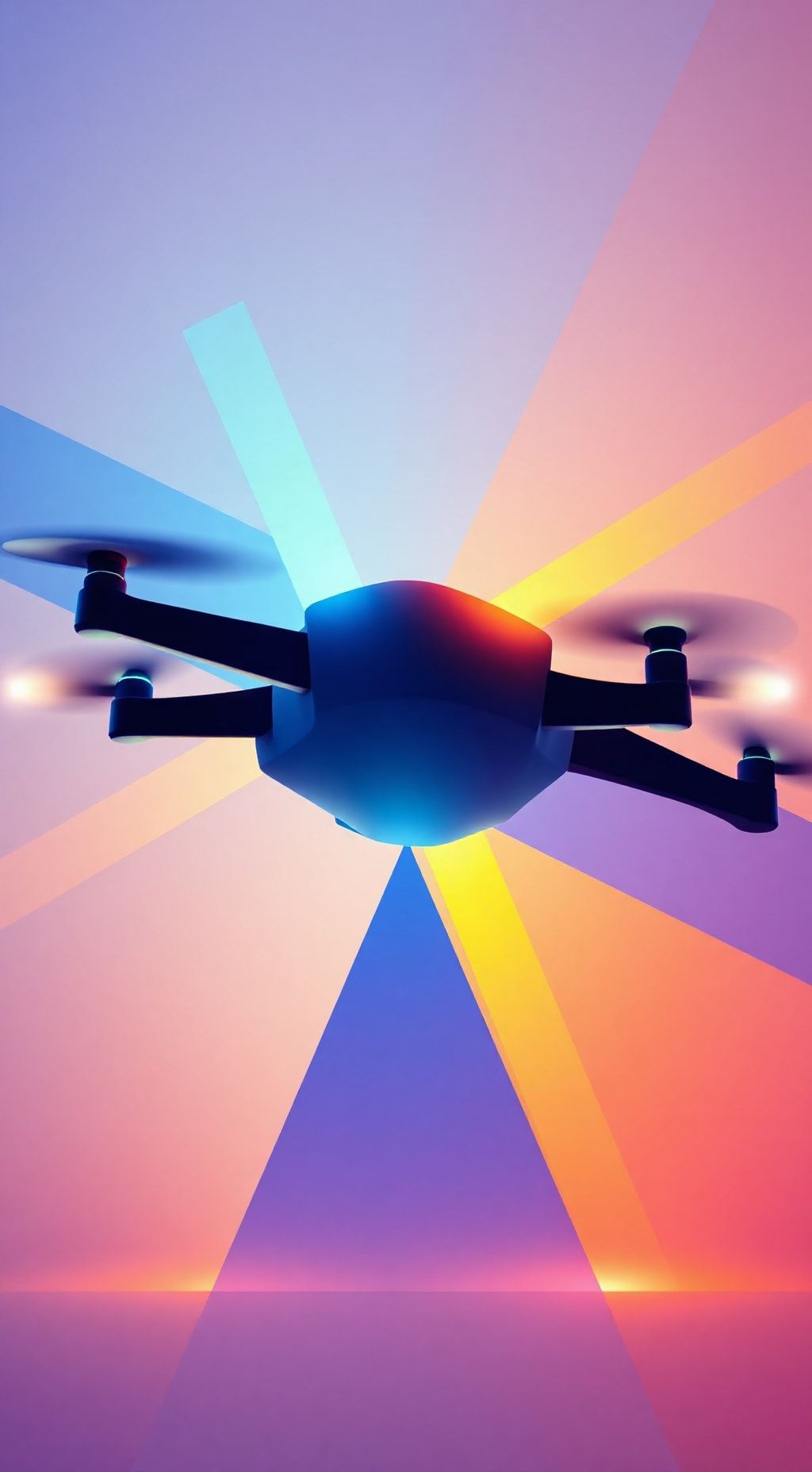Daves Hot Chicken Takes Flight With Drone Delivery Pilot In La Suburb
Dave’s Hot Chicken, a fast-casual chain specializing in Nashville-style hot chicken, has …
10. January 2025

The Drone Delivery Conundrum: Unpacking Walmart and DroneUp’s Partnership Termination
Retail giant Walmart has ended its partnership with logistics provider DroneUp, a move that highlights the complexities of building cost-effective and scalable drone delivery systems. The termination marks a significant moment for the industry, as it underscores the challenges of developing viable drone delivery models.
Walmart initially partnered with DroneUp in 2021 to test COVID-19 test kit deliveries. However, the company has opted to pivot towards partnerships with Wing and Zipline, positioning itself as the U.S. retailer with the broadest drone delivery footprint, aiming to cover up to 75% of its Dallas-Fort Worth area.
DroneUp remains poised for growth, having recently acquired Part 135 FAA certification. This certification enables the company to explore expanded commercial operations and alternative revenue streams that fit its operational strengths. The termination of the Walmart-DroneUp partnership highlights the need for diverse approaches to drone delivery. Each player in the industry has taken a unique approach to overcome operational challenges.
Wing, a subsidiary of Alphabet, operates by placing drones on rooftops of shopping malls to deliver packages to nearby homes. Zipline, on the other hand, has adapted its overseas experience delivering medical supplies to U.S. retail operations. Walmart’s strategy shift demonstrates that no single model can guarantee success in drone delivery. Instead, companies must experiment with different operational frameworks to overcome regulatory, economic, and social hurdles.
Achieving cost-effective scalability remains a challenge for the industry, despite significant investments from tech giants like Amazon. Companies like Amazon and Wing have developed aircraft through extensive R&D, but this approach has been costly. Amazon’s Prime Air program in Arizona operates within strict parameters and demonstrates progress towards practical implementation, but falls short of the “routine” delivery services envisioned.
Industry analysis suggests that the actual cost per delivery remains higher than Amazon’s charging structure, with internal projections indicating expenses of $63 per package by 2025. These figures underscore why widespread, routine drone delivery remains a future goal rather than a current reality.
The FAA’s approval for beyond visual line of sight operations marked a significant milestone in recent progress. Regulatory breakthroughs have played a crucial role in the industry’s growth, but public acceptance remains a critical factor. Recent drone sightings in New Jersey highlight ongoing public anxiety about unmanned aircraft operations in residential areas.
Amazon maintains ambitious goals, targeting 500 million annual drone deliveries by 2029. While this represents a significant step towards making autonomous delivery a reality, the focus remains on building public trust and operational efficiency rather than rushing to meet timelines. The evolution from initial predictions through industry forecasts to today’s reality demonstrates how the drone delivery industry has matured.
Ultimately, overcoming the challenges of drone delivery requires a multifaceted approach that addresses technical, regulatory, economic, and social hurdles. As companies continue to refine their approaches, the focus remains on making drone delivery a practical and sustainable reality.